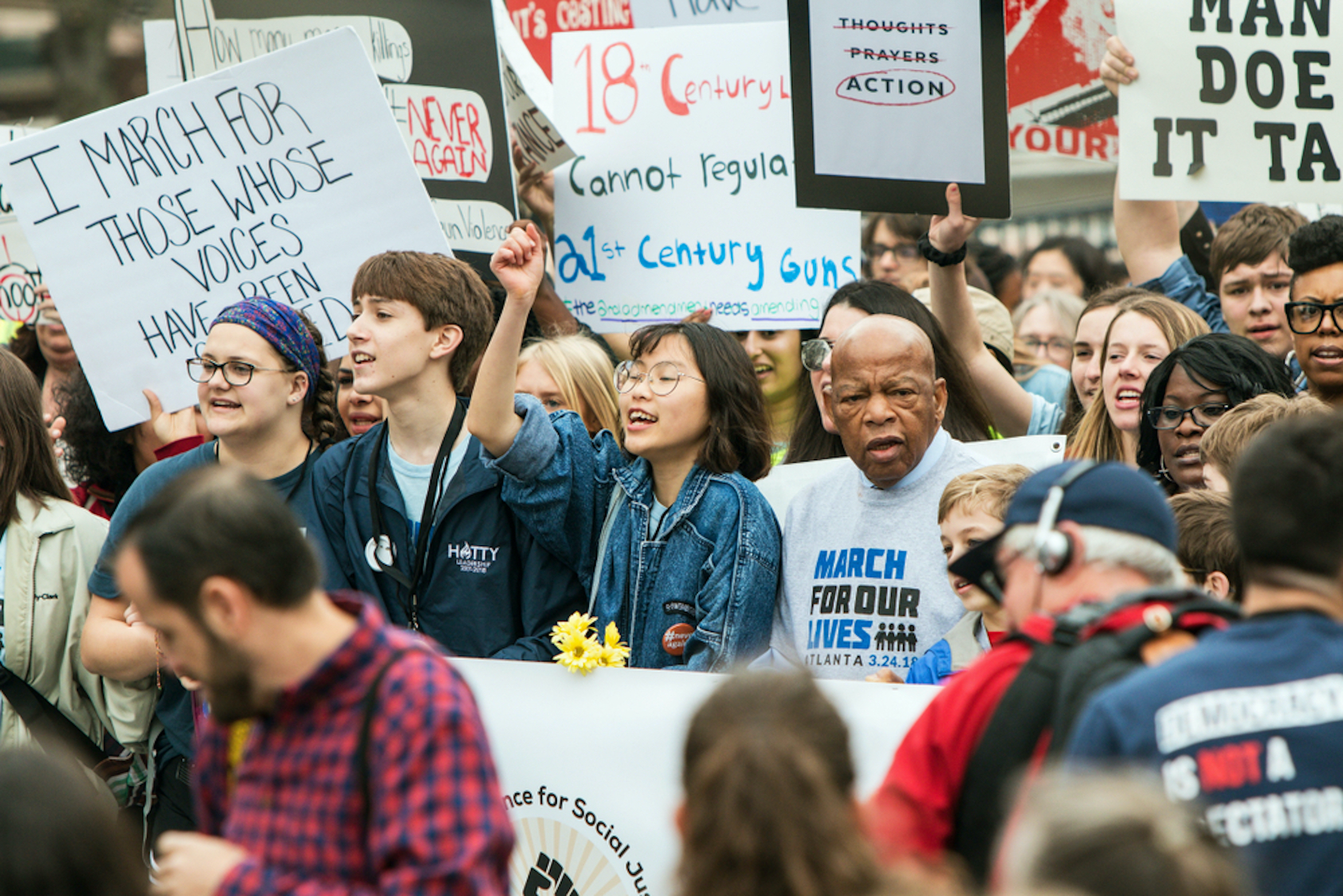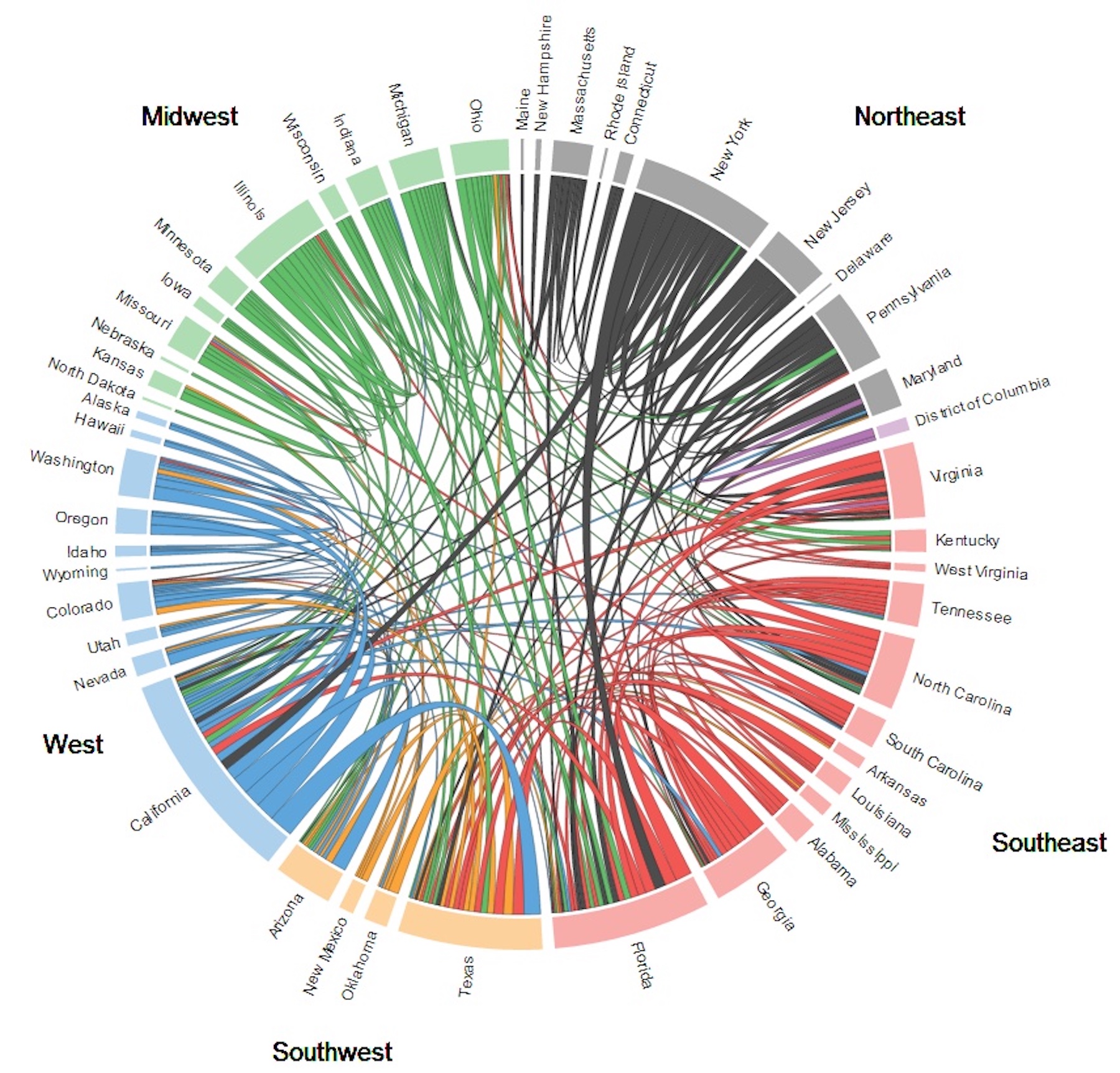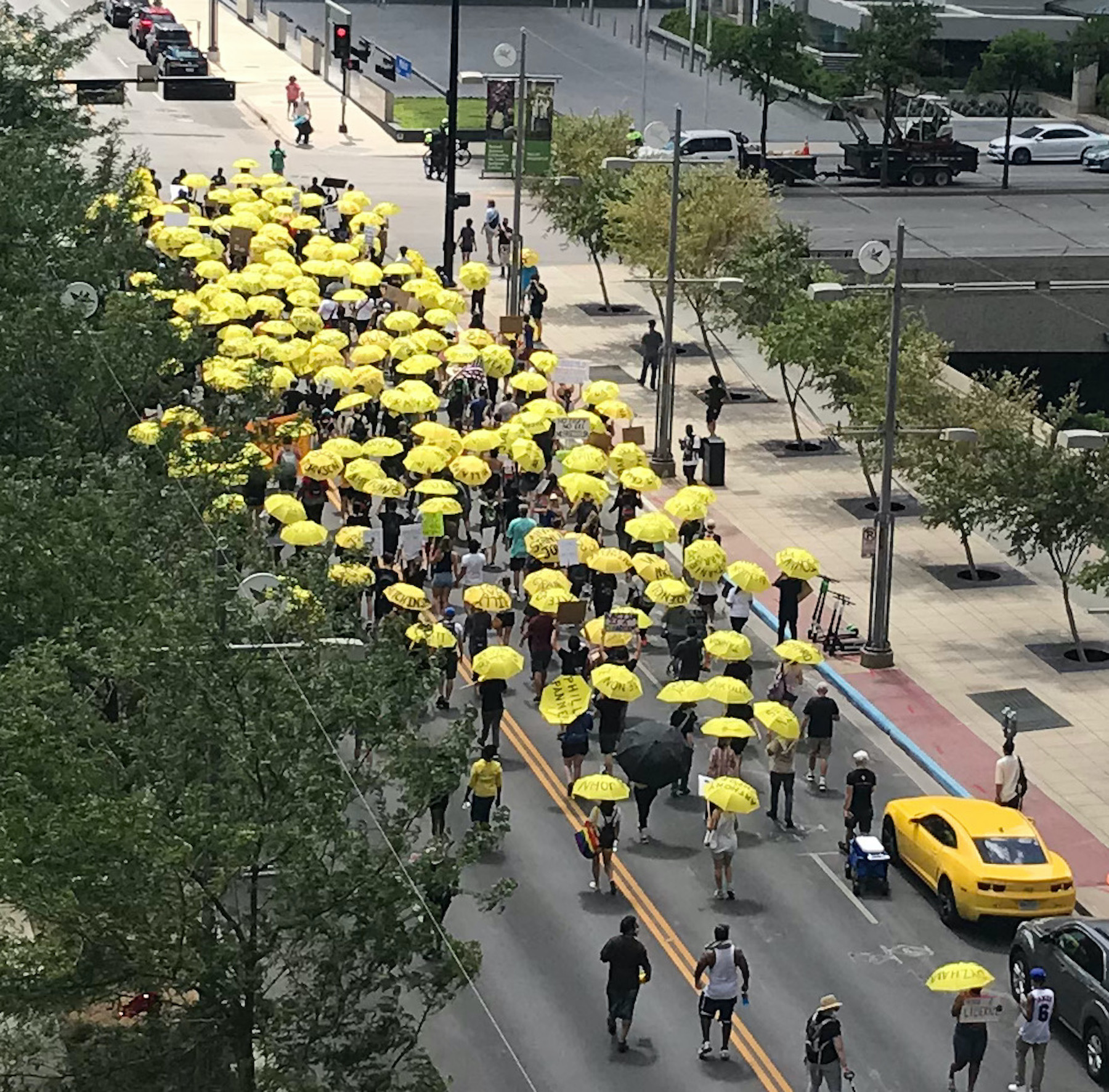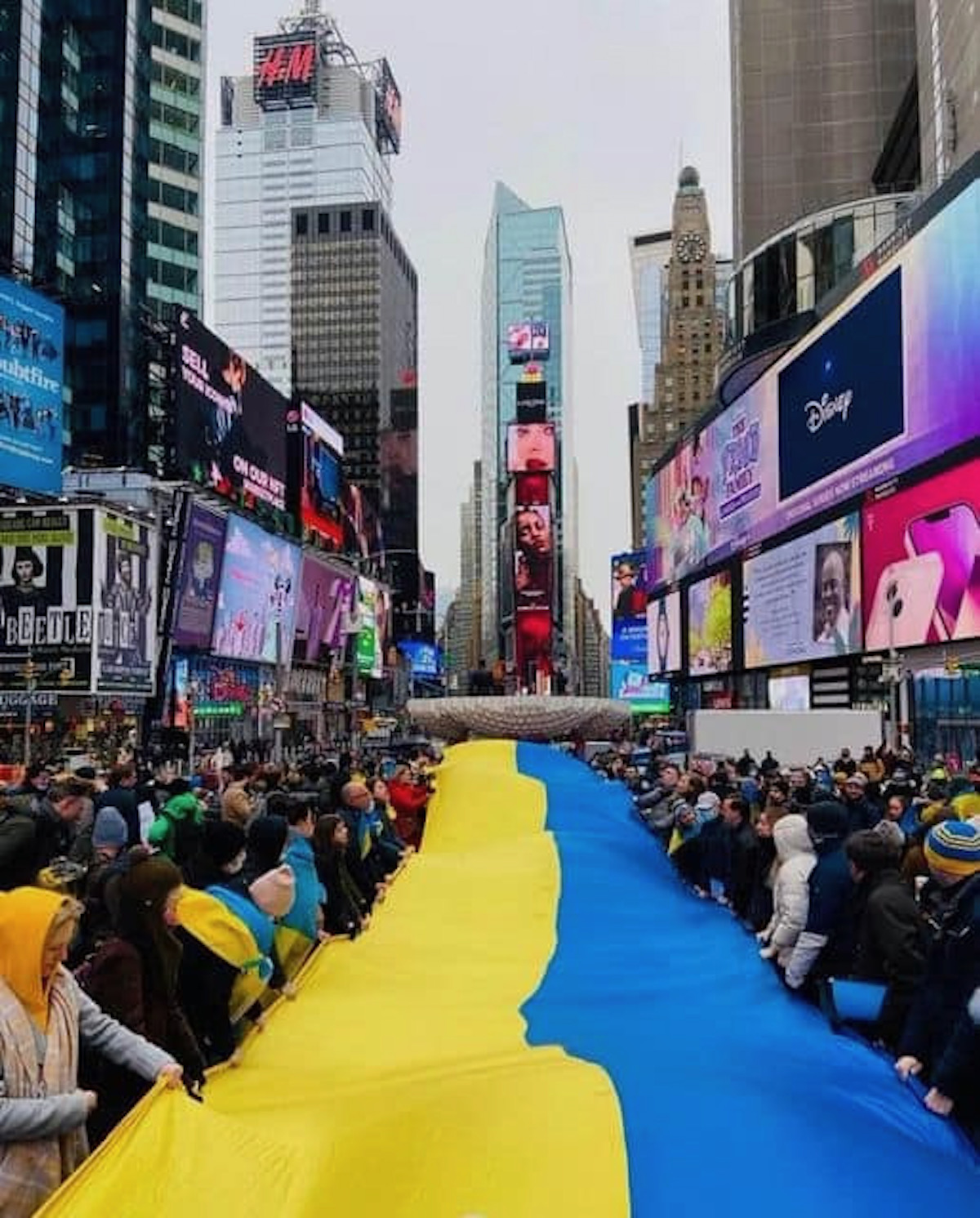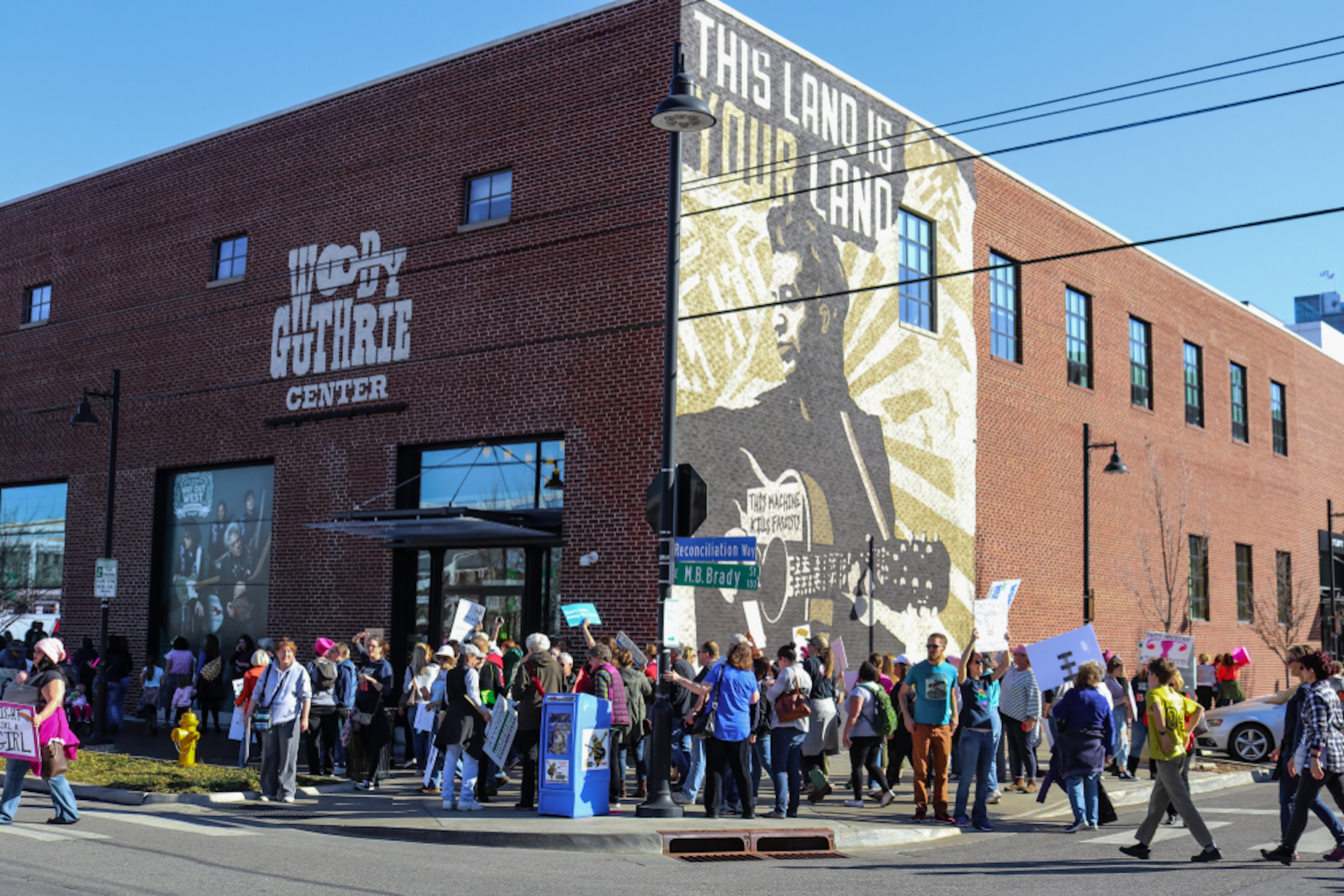- Credits:
- Chief Crow Daria/Shutterstock
Helen’s Place LLC Update: August 11, 2022
On November 15, 2021, President Biden signed the first infrastructure bill into law with numerous provisions.
The second infrastructure bill called the “Inflation Reduction Act” was passed by the Senate and is expected to pass the House. The U.S. with the passage of these bills, will soon be able to repair our physical and human infrastructure to ensure economic prosperity for all Americans.
Infrastructure History:
Whether your beautiful new car turns into rust after years of ownership, or your once cherished new home seems to be falling down around you, no one expects things to get old.
Likewise, people believe they will remain or become prosperous, and no one expects to lose everything or never get out of poverty.
Yet, in America, we find our physical infrastructure crumbling around us, and ordinary people struggling. This raises the question, “how could we have neglected our homeland and people for so long?”
It took decades of structural and middle class decline to get to this point, and the economic disparities, between rich and poor, have never been resolved.
In the 1980’s, jobs started shipping oversea, and whole industries – including the textile and steel industries, left the U.S. for cheaper labor which Congress and U.S. conglomerates encouraged. Factories closed; people were put out of work.
The global age of internationalism was supposed to be a panacea for everyone, but it didn’t work out that way for many Americans who were working so hard they didn’t pay attention to what was happening.
Many believed that if they worked hard enough things would get better, and some even imagined that if the country could only go back to the good old days, everything would be shiny and new again. But life didn’t work out that way, and they lost their jobs anyway.
Infrastructure Planning:
Before federal dollars for infrastructure start rolling in, it’s time to plan and get organized for the future. Cities, towns, and states across America know the repairs that need to be done, and should begin to prioritize their infrastructure plans for the greatest impact and benefit for the most people.
On the human infrastructure side — people need homes, home refinancing and repairs; better food distribution; quality education for all Americans K-16; better care for the homeless and the elderly; improved healthcare system access; and improved childcare and after school programs.
On the physical infrastructure side — people need better roads, bridges, transportation; cleaner water and air; parks, restored downtowns, electric grid improvements; and broadband internet for every household across America.
Federal Infrastructure Employment System – Expansion of usajobs.gov and Relocation Assistance:
With the jobs generated by infrastructure projects, the nation has the chance to square things up so that everyone in America can find a job paying a living wage.
The marketplace may operate in survival of the fittest mode most of the time, but it’s important to remember that the Federal government can run a fair and just employment system all of the time, including who gets government contracts.
This is why the U.S. government should oversee an Infrastructure Employment System by expanding the use of usajobs.gov. All Americans – employers and job seekers, should be able to use usajobs.gov to post and look for infrastructure jobs.
The U.S. government could partner with the Chamber of Commerce, businesses, AmeriCorps and other groups to promote the website.
Jobs should be posted to usajobs.org in order of priority for each state. Qualified people living in a local community should have first dibs on jobs in their area, and given priority in the hiring process. All contracted projects should include planning for the number of workers needed to get the jobs done.
All U.S. businesses, including contractors involved in receiving government funds or subsidies not only should post jobs, but also offer job relocation or moving benefits, with authorized U.S. government reimbursements, for any American willing to take a job outside of their geographic area.
Many Americans would be more willing to pack up and move to where they could best help themselves and their families the most, if they only had the resources to move.
Getting American People Ready to Work on U.S. Infrastructure:
The government should shore-up human infrastructure resources focused on the people who will work on and benefit from the physical infrastructure projects later on.
Everyone in America should be able to get a free COVID-19 vaccine, work as long as they’re able to including remote work from home, receive unemployment compensation if laid-off, or disability payments if unable to work.
The government must invest in broadband or satellite connections for everyone, to ensure that people have access to the Internet from home.
Additionally, the U.S. should send every unemployed person who requests it, a Chrome book and list of free websites like the Khan academy, to learn skills or attend job training online, that will help them in the future.
Free COVID-19 vaccinations, broadband expansion across America, and training are the top three human infrastructure projects to do first.
Locating Underutilized Manpower to Work on Infrastructure Jobs:
There’s an estimated 11 million undocumented workers living in the U.S. who can prove they have lived and worked in the U.S. and paid taxes for the last five years. They should be allowed to apply for asylum and get a work permit, similar to those awarded to DACA recipients, because there’s a labor shortage in America.
Additionally, the U.S. can implement an employment-based immigration plan to ensure that new immigrants, filing legally to immigrate to America, can do so on the basis of the job needs of the U.S. to fill infrastructure jobs.
Next, the U.S. should continue to strengthen borders to prevent illegal immigration, but consider asylum seekers on a case-by-case basis, based on the needs of the U.S.
Non-immigrants requesting asylum at the border, might receive a temporary work permit and provided with an employment list to pick from and then given a bus ticket to get to the location to fill the infrastructure job, while waiting for their immigration hearing.
It only makes sense that if people seek asylum in the U.S. they should be willing to help, and go where they’re needed in the U.S., and not to overcrowded inner city areas.
It should be the U.S. policy that non-immigrants should be held in detention only long enough to get background checks completed, to ensure that no criminals are allowed to enter the U.S.
Non-immigrants who have arrived in the U.S. and overstayed their visa, should be processed in the same way.
They should be allowed to apply for asylum, have a background check done, file for a temporary work permit and apply for infrastructure jobs using usajobs.gov, while they wait for their asylum hearing.
It’s understood that most asylum applications would be denied by The Department Of Homeland Security U.S. Citizenship and Immigration Services (USCIS), due to insufficient documentation by the applicant to prove they met the strict U.S. rules for asylum.
However, USCIS could put their case on hold, mail a list of discrepancies to the applicant with a request for evidence, and forward their case to the Immigration judge handling their hearing who has the authority to approve their case.
When the non-immigrant appeared before the immigration judge, the judge would review the case and determine if the applicant provided the evidence to qualify for asylum status.
If not, the judge could decide to grant relief based on merit and work history prior to the hearing, and give the applicant temporary status to keep working in designated infrastructure jobs. The judge could also decide to deport the individual.
The bottom line is that America needs a whole lot of people to get infrastructure projects completed. Town, city and state planners should start now to be ready and not wait for government funds to roll in.
Related audio/video interview recording:
Infrastructure legislation discussed healthcare and climate bill discussed:
Video, CNN, August 8, 2022, “Senate Passes Inflation Reduction Act”
Other related article you may be interested in:
Article about locating workers and utilizing U.S. workforce more efficiently:
Helen’s Place LLC, “Changing Flight Pattern on Employment: Proposed Jobs Channel”
Article discusses another government plan utilize workers for infrastructure jobs:
Bloomberg Law, June 17, 2022, “Plan to Bolster Infrastructure Workforce Unveiled by Biden Team”
Your comments are greatly appreciated. Send them to Helen’s Place LLC via email to info@helensplacenet.com. We’re always interested in learning more about you and the issues that are important to you.



